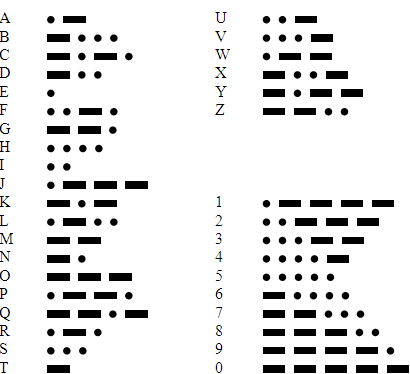Send out soundwaves with the ‘Save Our Ship’ Morse code message through the speaker on your rocket in case there is trouble when landing on a new planet.
The code in the editor below already works Just plug in your Code Rocket and press upload to see what it does! Tinker with it and make changes to see what each line of code controls.
New Concept: One challenge, many solutions
In programming, there are many approaches to one challenge or problem. Here, you’re sending the same Morse code message as you did in the last project, but using different capabilities on Code Rocket to do it. As you building your coding skills, you may think of new ways to solve a problem that you didn’t think of before. There isn’t just one ‘right’ way to solve a challenge, so get creative! Who knows, you may find a way nobody has thought of before.


